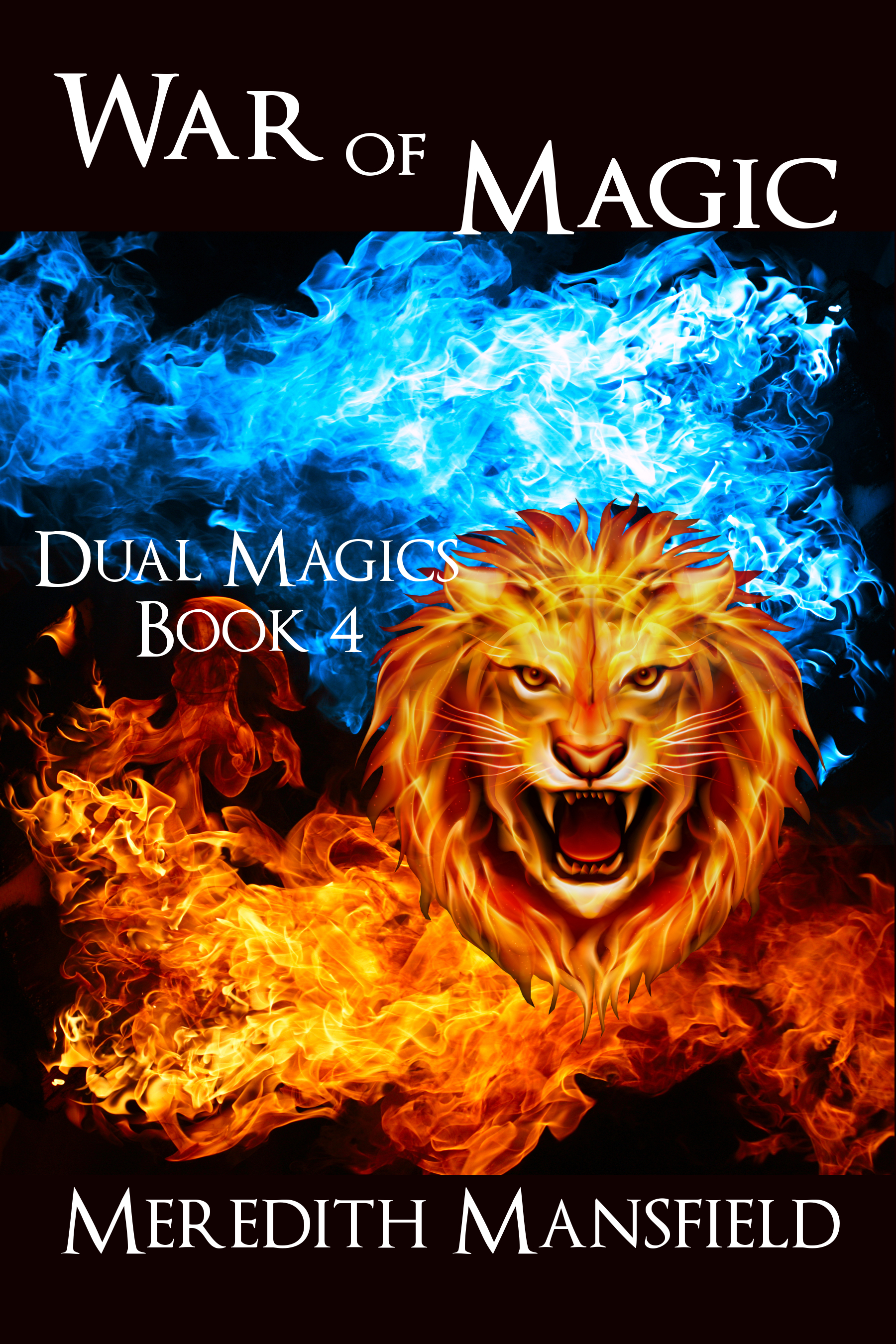Fair warning: today’s post is going to be something of a rant.
I believe firmly that every story should be told with as much skill and passion as the story teller possesses, no matter who the intended audience is. The author disrepects and does a disservice to the readers if this isn’t true. That’s my position and I’m sticking to it.
The reason this comes up is the last two middle grade/young adult books that I’ve read. No, I won’t give the titles here. That’s against my policy on this blog. As my grandmother taught me, “If you can’t say something nice, don’t say anything at all.” My only exception to that rule is that I think that sometimes there’s something to be learned by talking and thinking about what doesn’t work–or at least what doesn’t work for me.
So, the two bad habits of today’s topic are deus ex machina endings and withholding.
Deus ex machina: Literally “god from the machine”, this is a reference to ancient Greek plays in which the fallible mortals would royally mess things up for two hours and at the end an actor portraying a god was lowered to the stage by a machine. The “god” then performed a bit of handwavium and set everything right–except, of course, for the characters who had died.
In more modern stories, this might be accomplished by some new ability, device, or character that was never foreshadowed in the story up to this point. It’s contrived and it’s cheating. It often violates the internal logic of the story and tests the reader’s willing suspension of disbelief.
Worse, it’s unsatisfactory. In general, stories are much more satisfying when the ending is earned by the main character through a series of struggles and try/fail cycles. We root for characters that surmount their past failures to win through at the end. We feel cheated when some agency other than the main character steps in and solves the problem. Think about it, would Lord of the Rings have worked if Gandalf magically transported Frodo to the Cracks of Doom? (If you think so, check this out on youtube.) When the solution isn’t the result of the protagonist’s struggle, then what was the whole point of the struggle–or the story for that matter.
Withholding: When a story is told in close limited third person or, even worse, in first person, and the point-of-view character knows something that he or she does not share with the reader, that’s withholding. The character can–and often should–withhold information from other characters. But if the reader is privy to the character’s thoughts and emotions–as they should be in either close limited third person or first person–then it’s a cheat not to let the reader know what the character reasonably should be thinking about. Just like deus ex machina, withholding is sometimes used to suddenly reveal the solution that’s been there all along. But, it tends to make the reader feel cheated, and justly so.
Withholding is one of the main reasons that the Sherlock Holmes stories are told from Dr. Watson’s point of view. Holmes often knows the solution to the mystery early on. He’s just trying to prove it. Watson doesn’t know and so it’s not withholding for him not to tell the reader. Also, think about Harry Potter. The reader didn’t know until almost the end of the seventh book which side Snape was really on. But neither did Harry, so we didn’t feel cheated.
Now, I’m not saying that withholding, at least, can’t be used successfully by a master. But that’s the point. It takes a deft hand, almost like a stage magician, to keep the readers’ eyes diverted so they don’t notice the trick. If the author can’t pull that off, they shouldn’t attempt withholding.
Sometines, I wonder if authors who try to use these tricks think it’s okay because they got the reader to read all the way–or nearly all the way–to the end. That misses the point. They’re not–or they shouldn’t be–trying just to sell this book. They should be trying to make the reader want to read the next one and the next. And, for me at least, they fail completely. If I lose faith in your ability as a story teller, I’m not likely to pick up the next book.
That’s the lesson I’m taking away from two less-than-stellar reading experiences.
Read Full Post »







